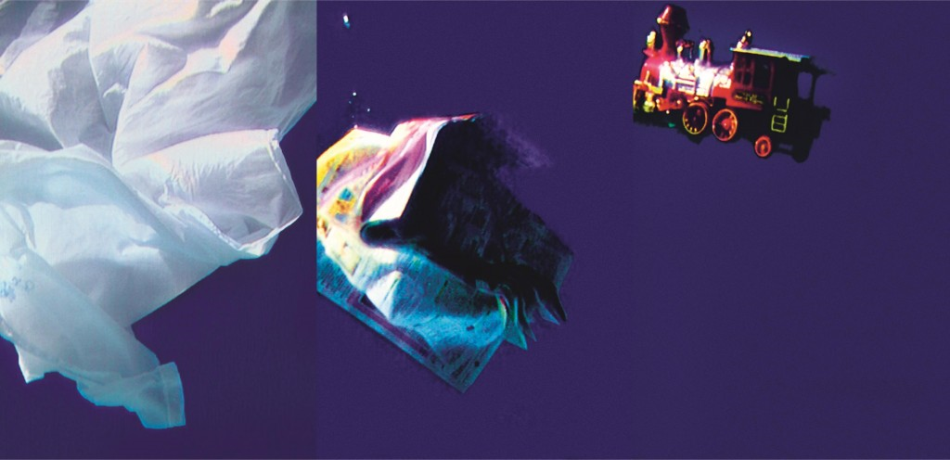A full time researcher in university and an amateur art commentator, Cheong obtained his master’s degree in Public Policy at Willy Brandt School of Public Policy at the University of Erfurt and is formerly a clarinettist of the Erfurt Philharmonic Orchestra in Germany. He loves classical music and now serves as conductor of the orchestra in Escola Choi Nong Chi Tai, by which he can connect art to everyday life. Cheong is also a book lover.

Photo courtesy of Macao Museum of Art
The appreciation of art deepens with the passage of time. With time, one acquires a better understanding towards an artistic piece of work. One good example is the exhibits of Robert Cahen, a French artist. In his recent exhibition, many artpieces required the visitors to take time to reflect on their meanings. In particular, the 23-minute video exhibit Fall with the Objects demands such attention from the viewers. For some, this animated “painting”, in which everyday objects slowly fall from a fixed “canvas frame”, may not mean anything, or they may not know how to respond to it. However, its artistic meaning lies in the everyday nature of objects. The artist’s message is that everything in this world falls gently from the canvas. What the artistic piece conveys that everything in this world will eventually disappear, regardless of the efforts one makes to sustain them. It also reflects how everything is bound by the law of time. When one thing vanishes, it still exists within the memory, even if that moment has become the past and is irrevocable.
The meaning of art does not lie solely in the substance of the object itself, but in the value rendered by the artpiece. In The Charm of Art by Taiwanese artist, Chang Yi, art is defined as a unique spiritual product that, on a sentimental level, articulates the artist’s awareness of life, and in this process others will derive a life-enriching experience of art appreciation. However, art itself can also encourage the use of reason, and as such it cannot be fully explained by subjective value. Indeed, art possesses intensely subjective elements that appeal to man’s subjective self. Based on the theory on artmaking by British art critic, Herbert Read, man projects subjective value onto artistic works, and in so doing frees himself from the trappings of his own emotions. Be it technological advancement or consumer living, the development in our contemporary world has clearly surpassed that in previous decades. The pursuit of rational thinking has led to certain inhibitions against sentimentality. Therefore, the function of art in reflecting subjective values can serve to promote the diversity of contemporary art. For many who are interested in art, they might be affected by the sentiments reflected in art exhibits in a museum, to such an extent that make them tremble or shed their tears.
The meaning of art deepens over time. In today’s rapidly changing society, many people are compelled to make decisions in life even before they can fully comprehend a situation. In other words, our lives are all about instant gratifications, simplified and straightforward living, and within such a social process, whatever that does not fall easily within the mainstream becomes marginalised. Fortunately, where art development is concerned, fine art is still well-received and not marginalised. Nevertheless, the immediacy of mainstream culture has led to the pursuit of exaggerated desires and over-glamorous marketing. This phenomenon has almost become a kind of religious cult: while those in favour of it are quite oblivious, those outside its sphere are shocked by it. On the contrary, those living in the mainstream will consider anyone outside it alien and strange. Art itself has never been exclusive. Rather, it has an evident, all-embracing core. However, the difference in artistic expressions will sometimes cause tremendous divides. Therefore, exchange of views and communication between different art practices are necessary, so that art is not too crudely divided into “mainstream” and “non-mainstream”.